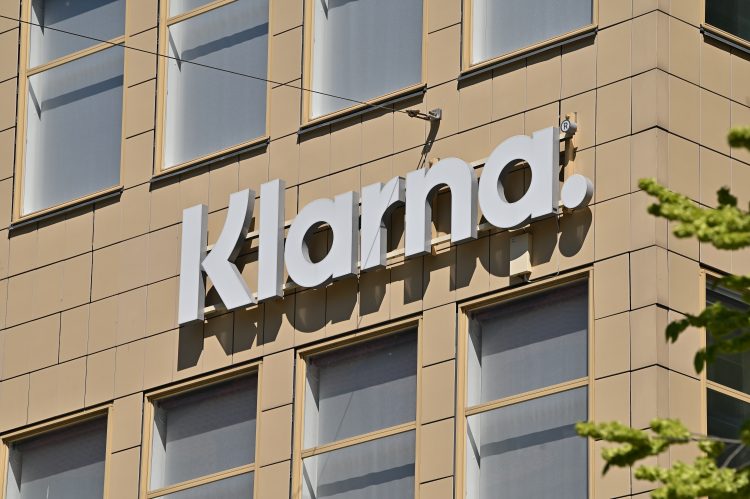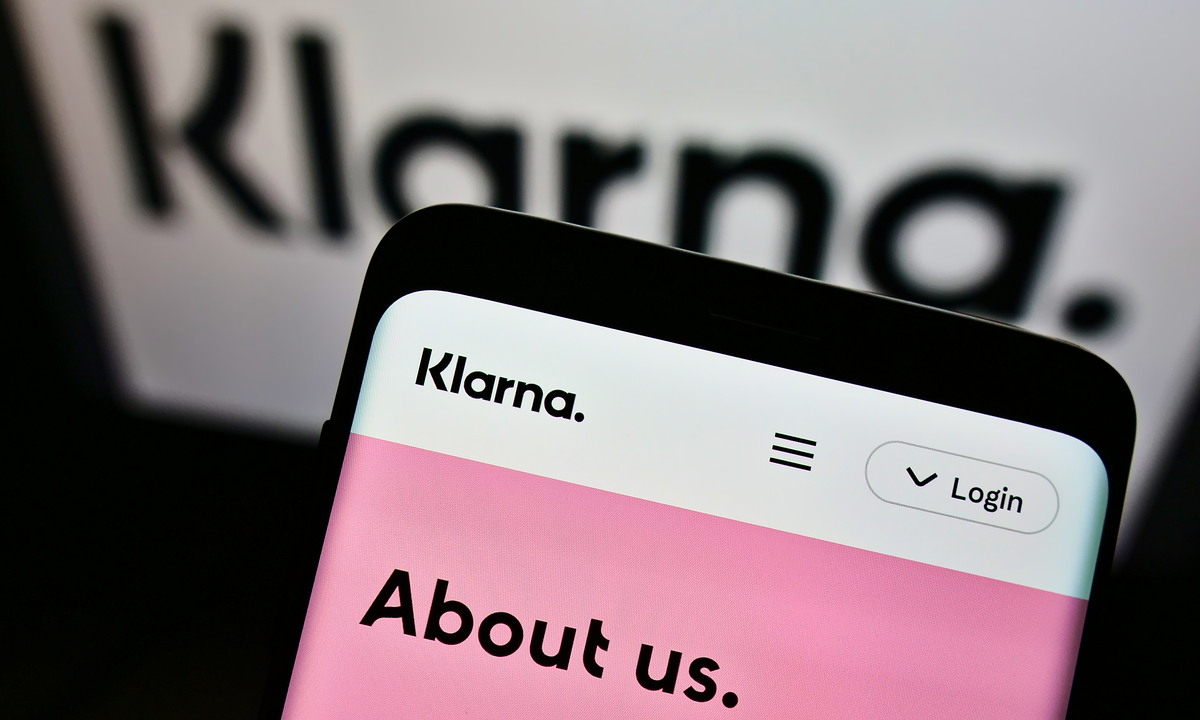Klarna, the Swedish buy-now-pay-later fintech giant, has emerged as a compelling case study in artificial intelligence adoption, with CEO Sebastian Siemiatkowski announcing a remarkable 40% workforce reduction achieved through strategic automation and AI implementation. The company’s journey from 5,000 employees to approximately 3,000 represents one of the most significant AI-driven transformations in the financial technology sector.
This dramatic workforce optimization wasn’t achieved through traditional layoffs but through a combination of natural attrition and intelligent automation deployment. Siemiatkowski’s approach demonstrates how modern companies can leverage AI to maintain growth while reducing operational costs, creating a new paradigm for business efficiency in the digital age.
The transformation began in earnest when Klarna partnered with OpenAI in 2023, developing sophisticated AI tools that could handle complex customer service operations previously requiring hundreds of human agents. The company’s AI assistant now manages the equivalent workload of 700 full-time customer service representatives, handling 2.3 million conversations and representing two-thirds of all customer service interactions.
What makes Klarna’s approach particularly noteworthy is the measurable impact on both operational efficiency and customer satisfaction. The AI implementation has reduced average customer query resolution time from 11 minutes to just 2 minutes, while simultaneously achieving a 25% reduction in repeat inquiries. This dual improvement in speed and accuracy demonstrates that AI adoption doesn’t necessarily compromise service quality when implemented strategically.
The financial implications are equally impressive, with Klarna projecting $40 million in annual profit improvements directly attributable to AI automation. This substantial cost saving, combined with a 73% increase in revenue per employee, illustrates how AI can create significant value while reducing workforce dependency.
Strategic AI Implementation Across Operations

Klarna’s AI integration extends far beyond customer service automation. The company has implemented comprehensive AI tools across multiple business functions, with 90% of employees now using generative AI in their daily tasks. This widespread adoption includes their internal AI assistant, Kiki, which handles over 2,000 employee inquiries daily, streamlining internal operations and knowledge management.
The company’s approach to workforce reduction has been notably strategic, avoiding traditional layoffs in favor of natural attrition combined with hiring freezes. This method allows the organization to maintain employee morale while gradually optimizing workforce size through AI capabilities.
Challenges and Course Corrections
Despite the success, Klarna’s AI journey hasn’t been without challenges. The company initially experienced service quality issues when relying too heavily on AI-only customer service, prompting a strategic pivot to incorporate human agents back into the process. However, rather than returning to traditional employment models, Klarna has innovated with a gig-style approach, allowing remote workers to handle queries on demand without permanent contracts.
Future Implications for the Industry
Klarna’s transformation signals a broader shift in how technology companies approach workforce optimization. The company plans to further reduce its workforce to approximately 2,000 employees, demonstrating confidence in AI’s ability to maintain operational effectiveness with fewer human resources.
This case study provides valuable insights for other organizations considering AI adoption, showing that successful implementation requires strategic planning, gradual deployment, and willingness to adapt based on performance feedback. Klarna’s experience demonstrates that AI can indeed transform business operations while maintaining service quality and customer satisfaction.

